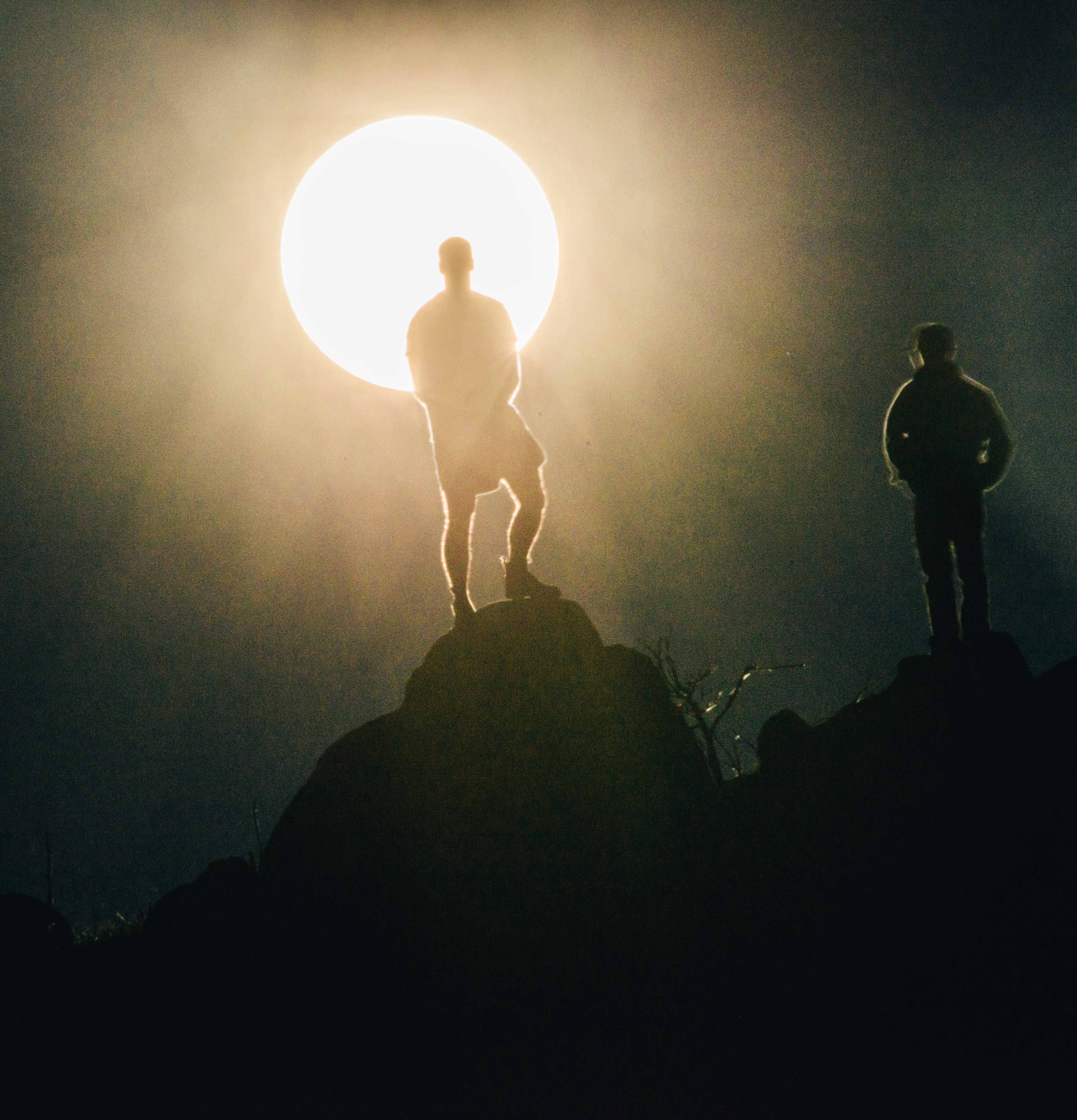
Sheep farmers Gerard Allen and James Ling watch the rising supermoon from Cookanalla farm in Fyshwick. Photo: Rohan Thomson
Keen amateur astronomers were expected to travel from Canberra's cloudy skies on Monday night in search of a better view of the biggest and brightest moon in nearly 70 years.
More News Videos
Supermoon spotted around the world
From Sydney to Washington DC, spectators look up to the skies to catch sight of the brightest moon in almost 69 years.
Canberra Astronomical Society secretary Fay Neil said rainy weather rarely deterred enthusiastic stargazers.
"I think they'd just take it in their stride and get in their cars and find a clear spot," she said of the organisation's 120 members.

"They travel hundreds of miles, I tell you."
A supermoon occurs when the moon is full and at perigee, or its closest to Earth. Monday saw Earth treated to its closest full moon since 1948.
NASA wrote that a perigee moon can be as much as 14 per cent closer to Earth than when at its furthest from the planet.
Because Monday night's moon was full, Earth was treated to 30 per cent more moonlight, according to the space agency.
Ms Neil said a supermoon was not necessarily the most exciting event on an astronomer's calendar.
"We have one guy who knows the name of everything on Mars," she said.
"Another guy we called the lunatic - he knew every crater on the moon."
Those who missed Monday night's spectacle need not despair - the last supermoon of 2016 will occur on December 14.
However, another moon as super as Monday's won't occur again until 2034.
Australian National University astronomer Brad Tucker said: "This is the second of three supermoons in a row.
"The full moons of October 16, November 14 and December 14 are supermoons, but the November one is the 'superest' of the three."









